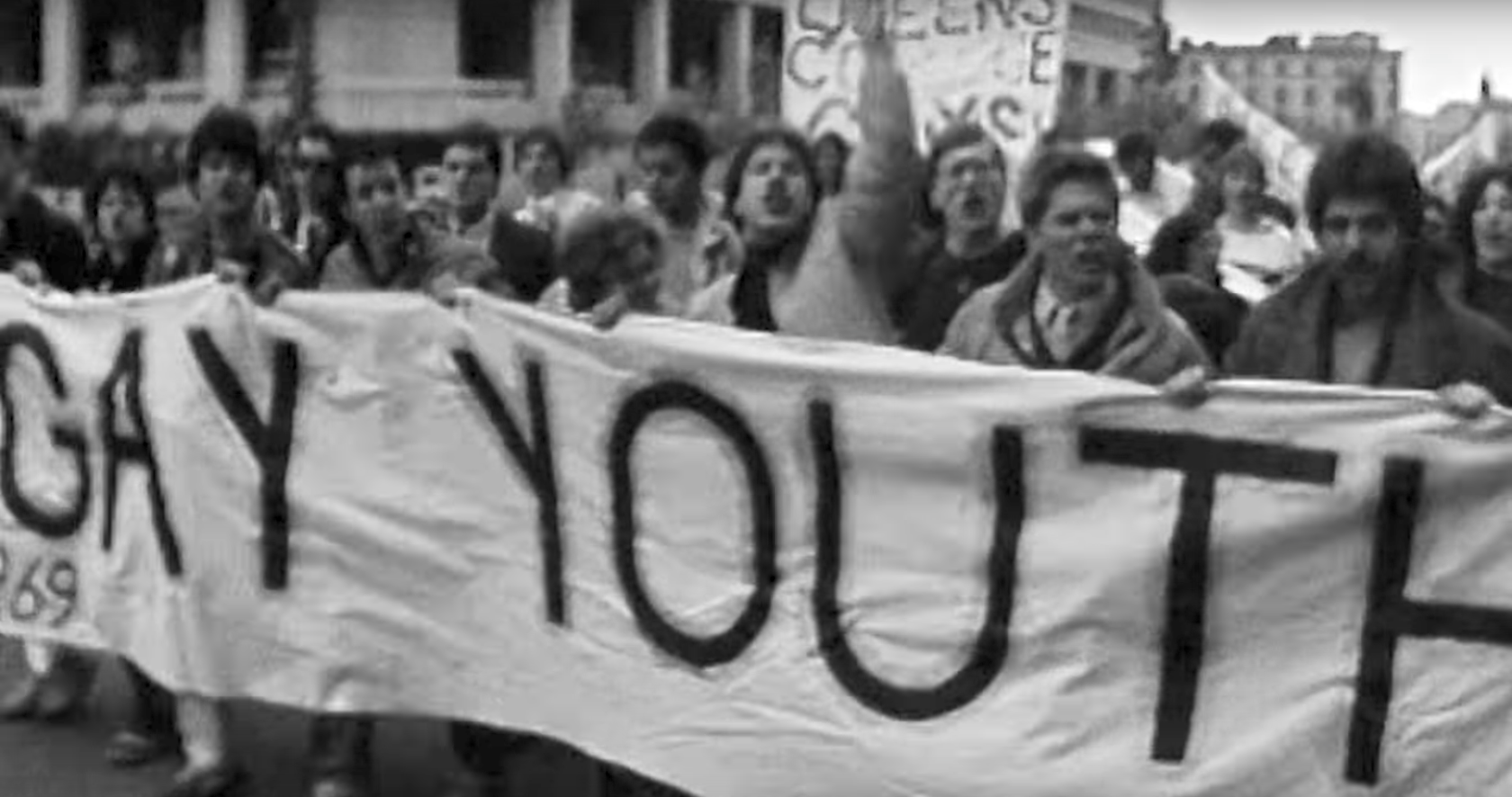
Still from “Heaven,” by Troye Sivan
In my blog post on All American Boys by Jason Reynolds and Brendan Kiely, I noted “the talk” as a form of cultural inheritance that reveals how many black parents instruct their children to respond when confronted by the police.1 “The talk” appeared again in Angie Thomas’s The Hate U Give, and while this is an extremely unfortunate instance of cultural inheritance, it has led me to inquire how other communities explored in the frameworks of this course might enact similar exchanges.2
- Heggestad, Jon. “Race, Racism, Privilege & the Weight of Mistakes | Young Adult Literature & Social Justice as Pedagogy.” Young Adult Literature & Social Justice as Pedagogy, 9 Sept. 2017, https://you.stonybrook.edu/yajustice/2017/09/09/race-racism-privilege-the-weight-of-mistakes/. ↩
- Thomas, Angie. The Hate U Give. Balzer Bray, 2017, p. 20. ↩

